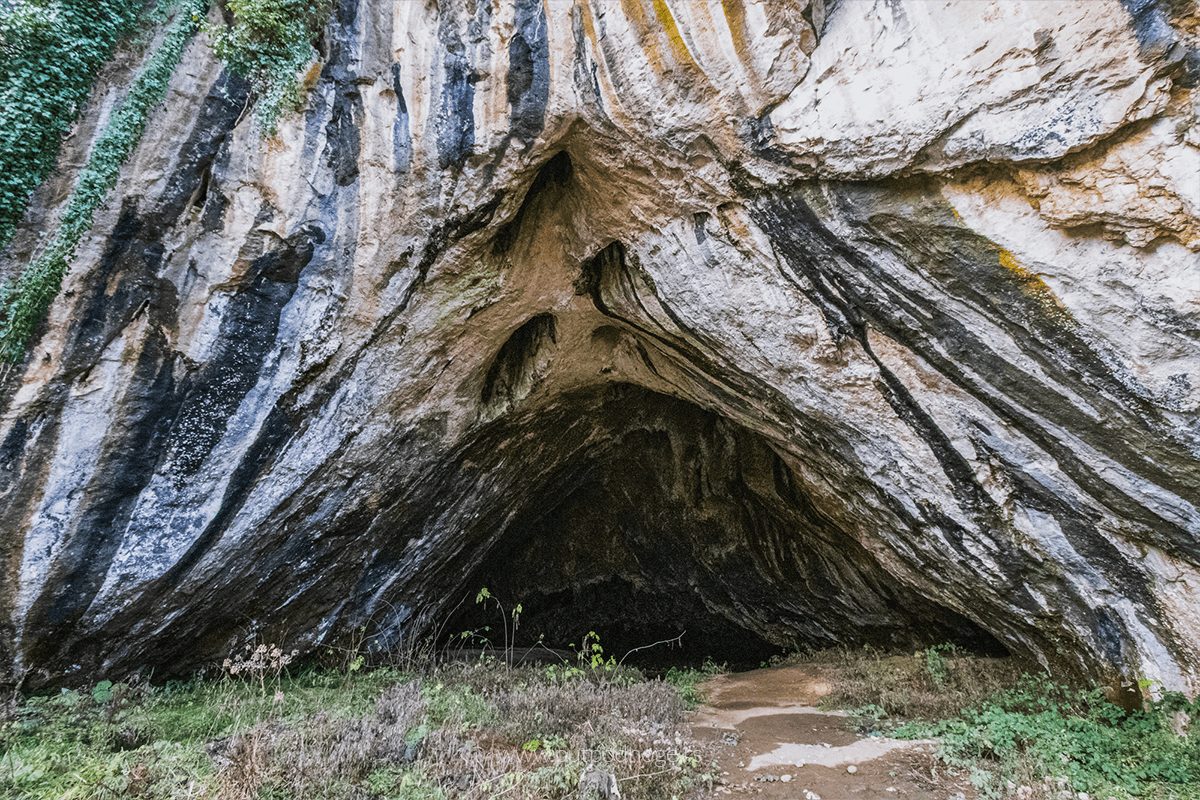
Ribnička Cave and the Cultural-Historical Heritage of Ribnica
In the heart of the Ribnica Nature Monument, within the municipality of Mionica, lies Ribnička Cave—a unique speleological site in Serbia. Located near the village of Paštrić, it is part of a protected natural area covering 28 hectares of the Ribnica River canyon. In its immediate vicinity are other significant natural and cultural-historical landmarks, including Šalitrena Cave, Ribnica Monastery, and an old school.
Ribnička Cave
The entrance to Ribnička Cave is at the level of the riverbed and has the shape of an isosceles triangle, with sides measuring approximately 25 meters. The cave was formed in Triassic limestone by a small stream that originates from its grotto. This site is particularly notable for a rare hydrogeological phenomenon—water “theft” from one watershed to another through underground channels. In this process, the waters of the Lepenica River seep underground and emerge in the Ribnica River. Unfortunately, the underground waters feeding the cave stream are at risk due to insufficient protection of sinkholes in the Brežđe area, which supply this system.
The cave’s entrance is level with the water, and a small stream flows through it, having carved its way through thick limestone deposits over time. The collapse of these deposits has created an astonishing triangular opening, reaching a height of 12 meters. The cave extends approximately 50 meters inward, with the floor of the entrance chamber covered in soil, limestone fragments, and sediments left behind by the Ribnica River after flooding.
Inside, the cave stream branches into two channels before reuniting near the entrance. The ceiling features a few rare stalactites and numerous sharp edges resulting from fallen rock formations. Ribnička Cave is also an important habitat for 15 species of bats (Chiroptera), which are legally protected as a natural rarity. While we didn’t see them, we certainly heard them, suggesting they had already found refuge from the approaching winter.
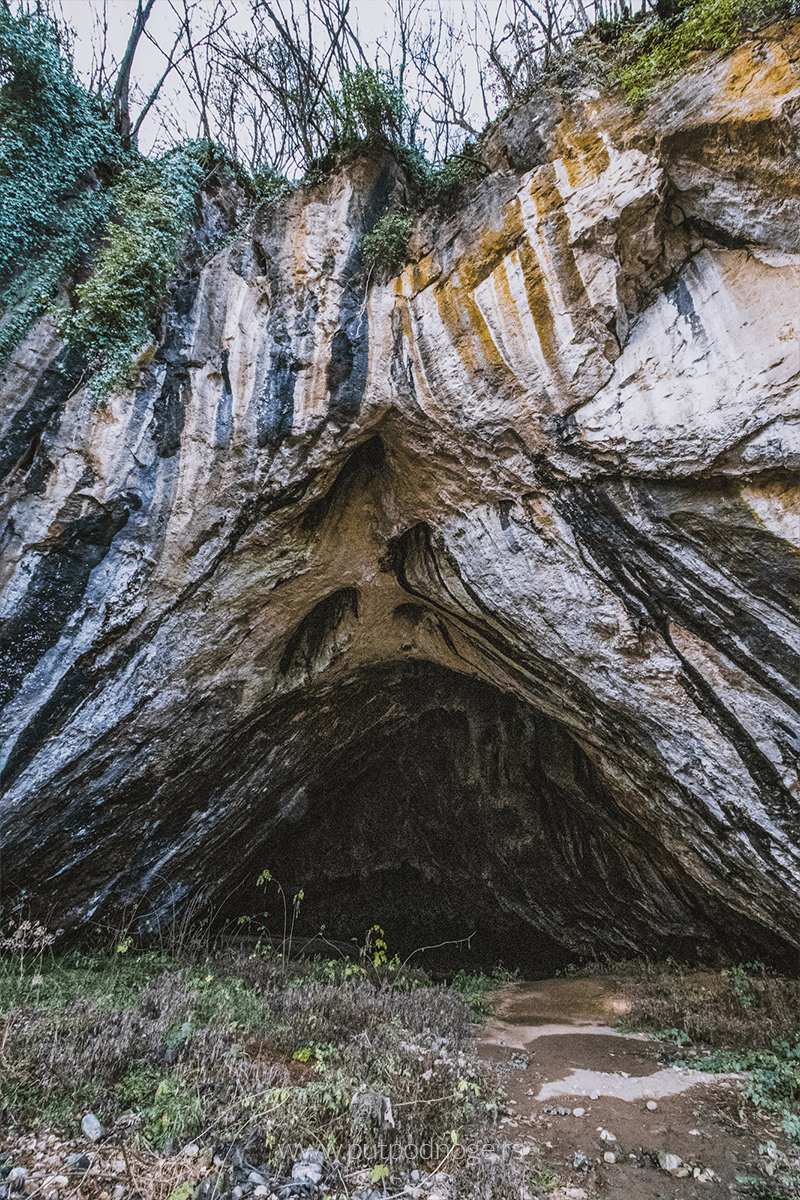


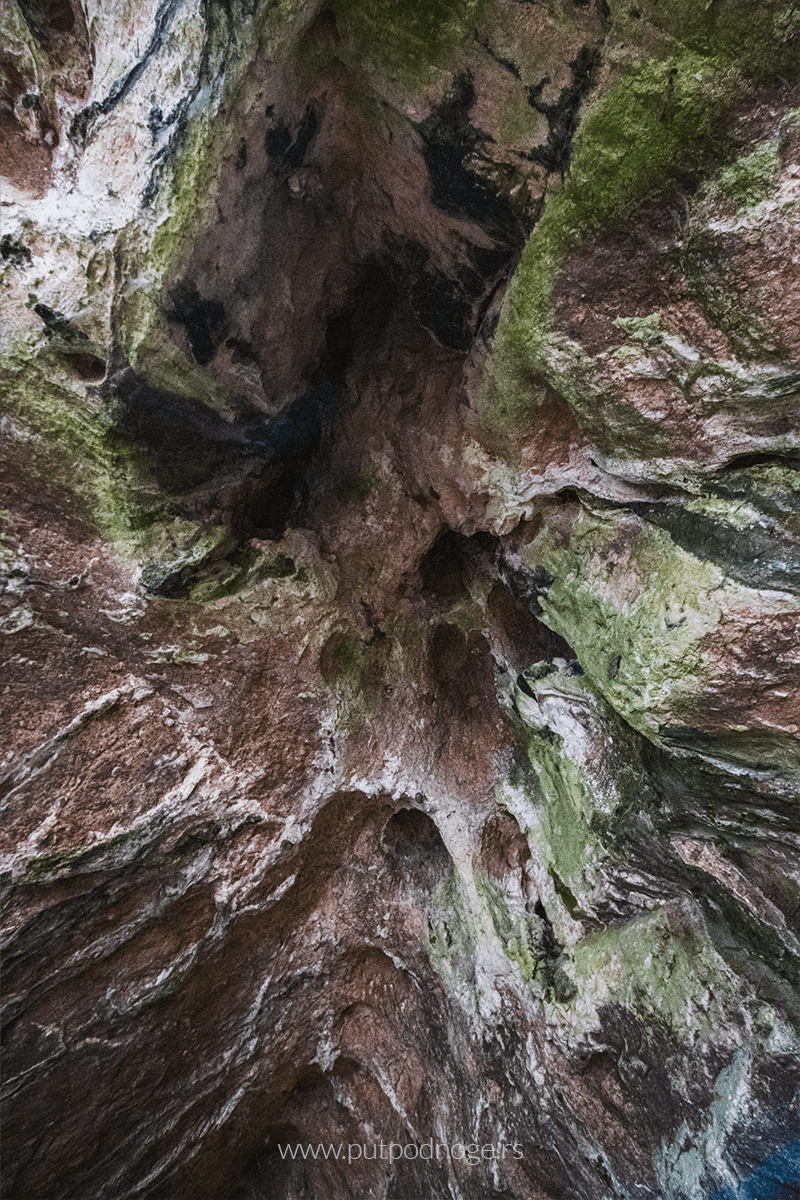
Ribnica Monastery and the Old School
Within the protected area of the Ribnica Nature Monument lies Ribnica Monastery, alongside an old school, both designated as immovable cultural properties of great significance. The monastery church, dedicated to Saints Peter and Paul, dates back to 1657. It was burned during the Kočina Krajina uprising and underwent multiple restorations throughout the 19th century. The present church was built in 1909, following the design of architect Svetozar Ivačković. It features a cruciform layout with a spacious altar apse and pronounced areas for the diaconicon and prothesis.
Approximately three kilometers upstream from Ribnička Cave is Šalitrena Cave, listed as a cultural monument of great importance. Together, the Ribnica River, Ribnička Cave, the Ribnica Monastery complex dedicated to Saints Peter and Paul, 13 protected linden trees, and Šalitrena Cave contribute to the rich natural and cultural heritage of this region.
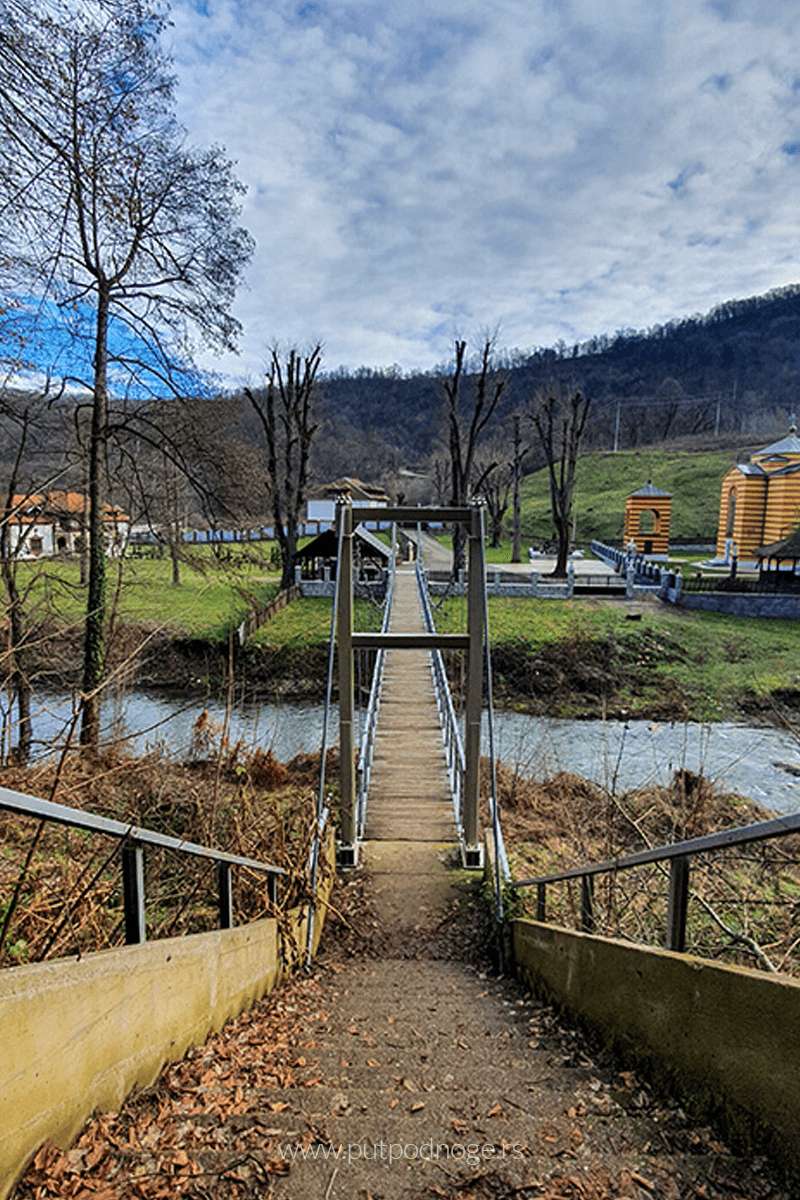
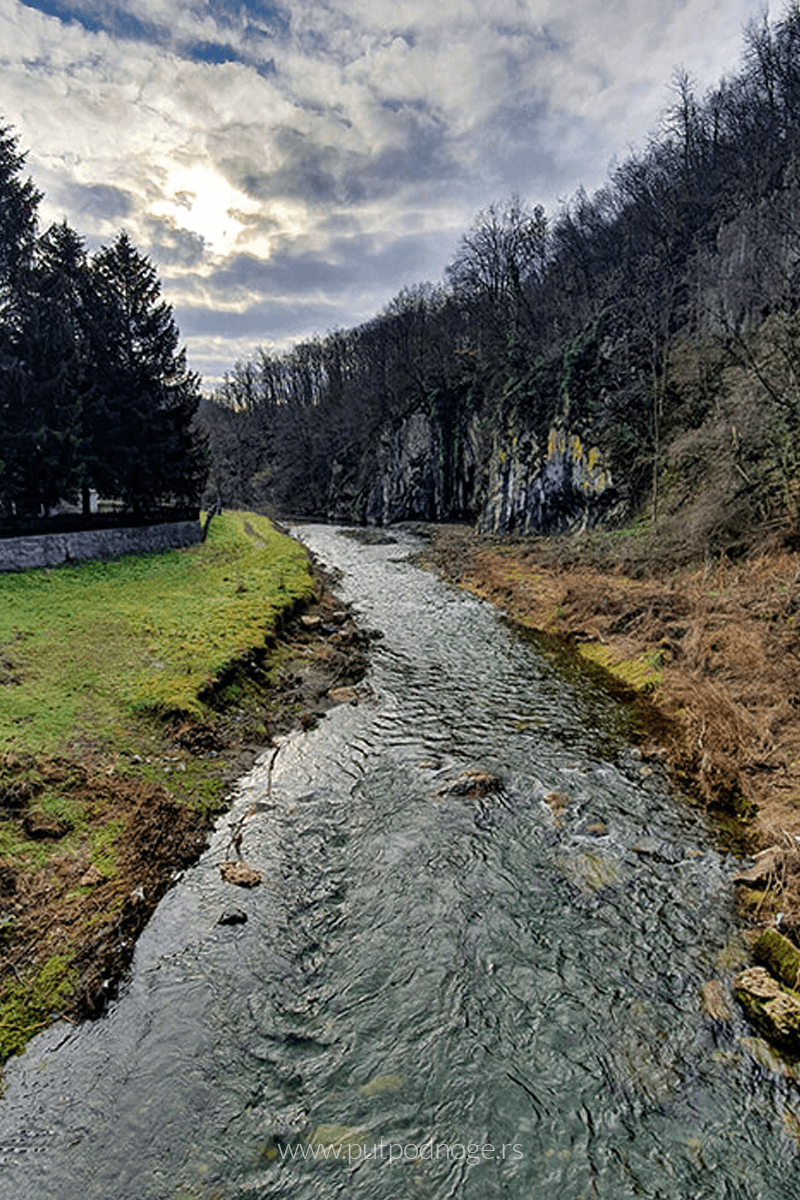
How to Get There
Ribnička Cave is located near Mionica, along the road to Banja Vrujci, approximately 9 kilometers away. If traveling from Mionica toward Banja Vrujci, take a right turn following the signs for the monastery and cave. The road is narrow but paved and accessible. The cave is within the monastery complex, requiring visitors to enter the monastery grounds. A small bridge over the river and a short path lead directly to the cave.
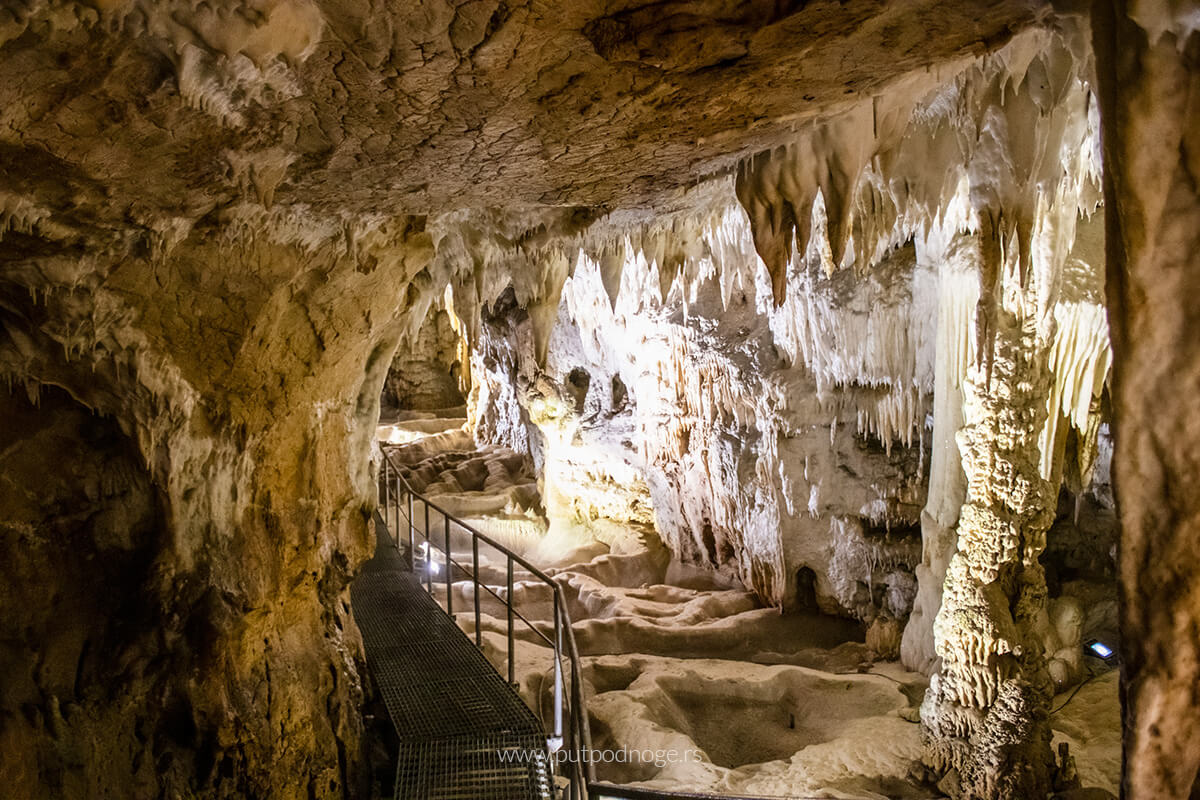
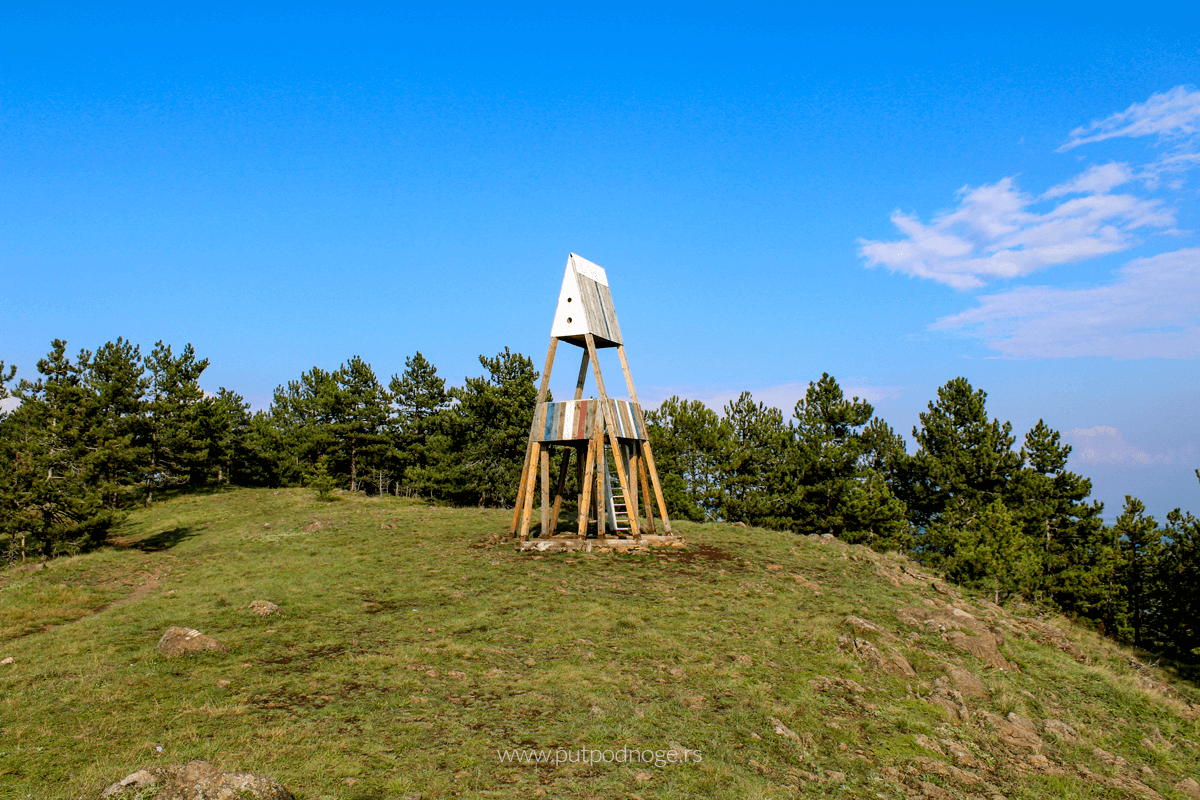
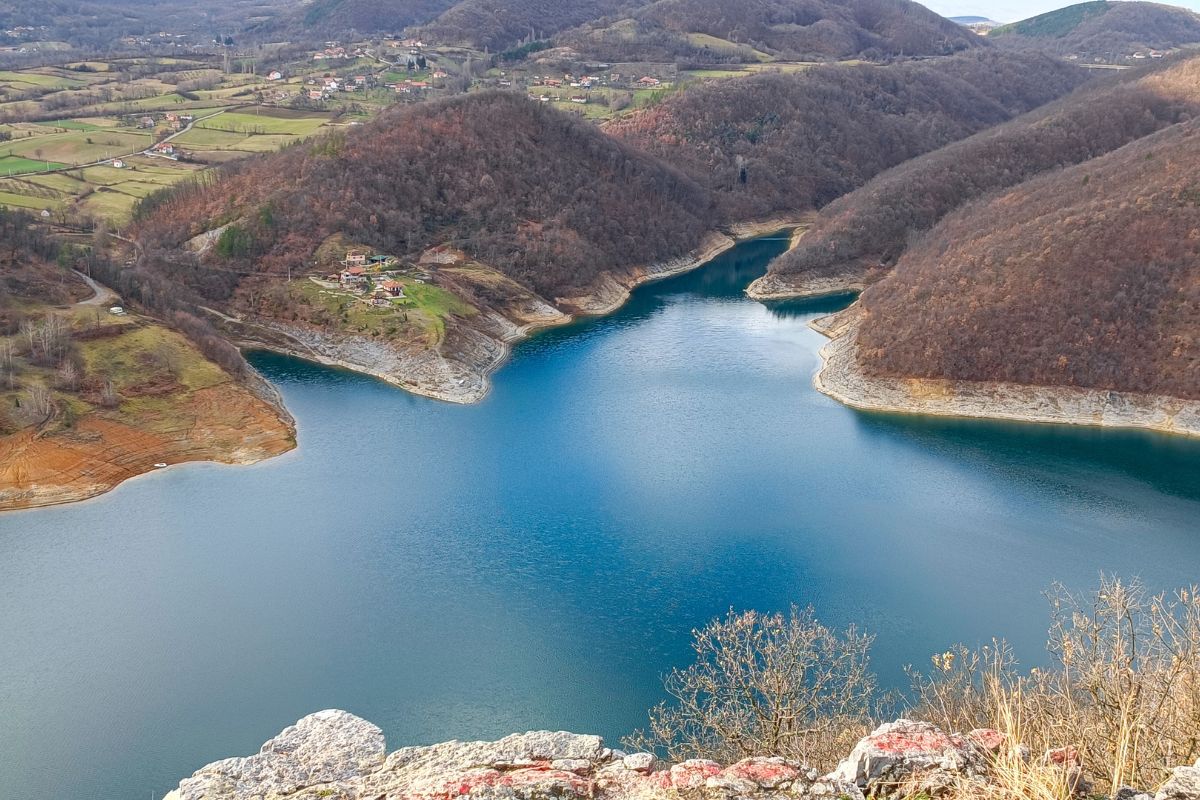
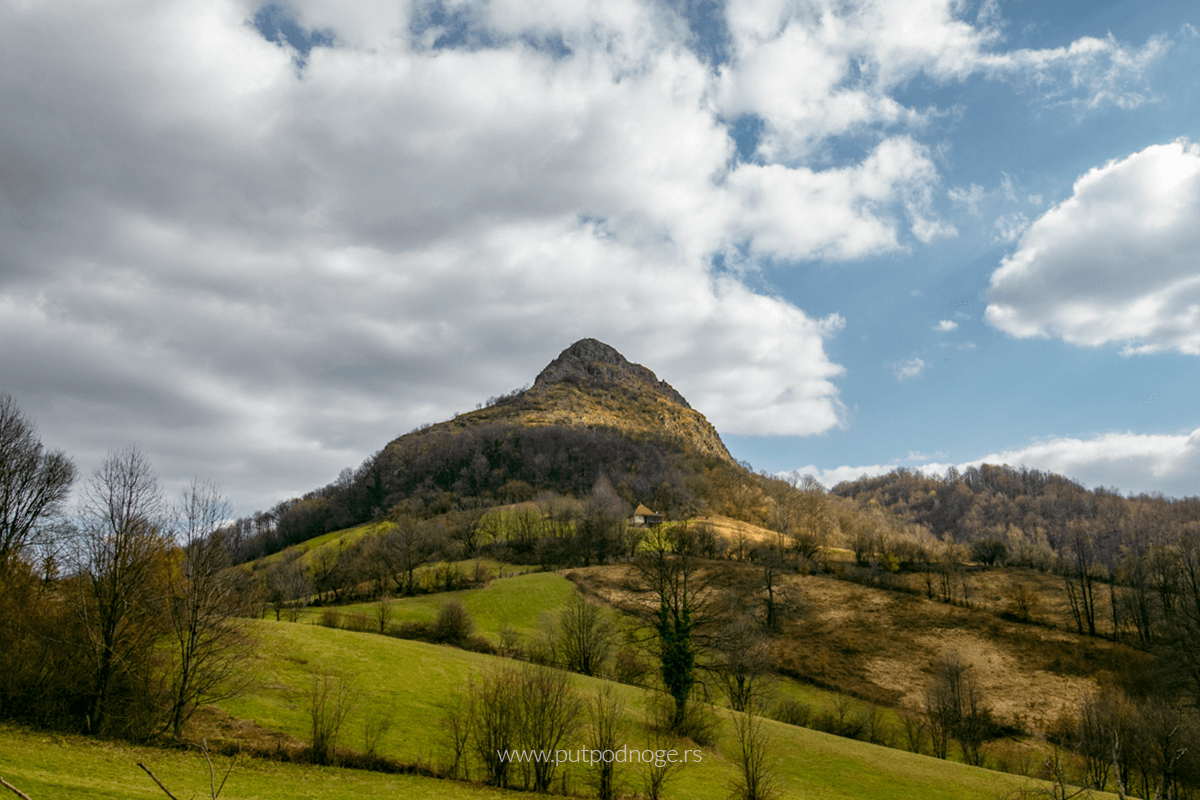
Leave a Reply